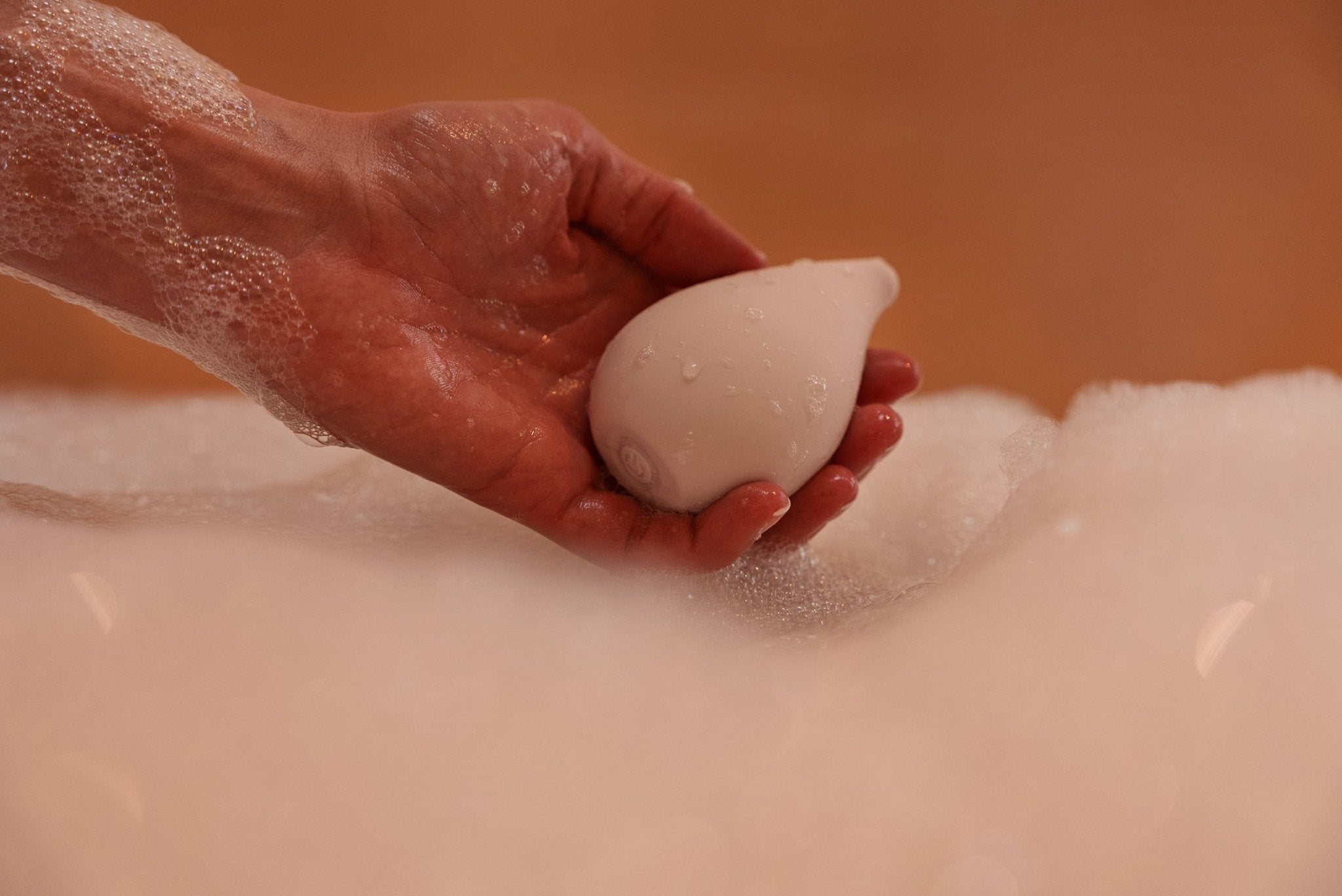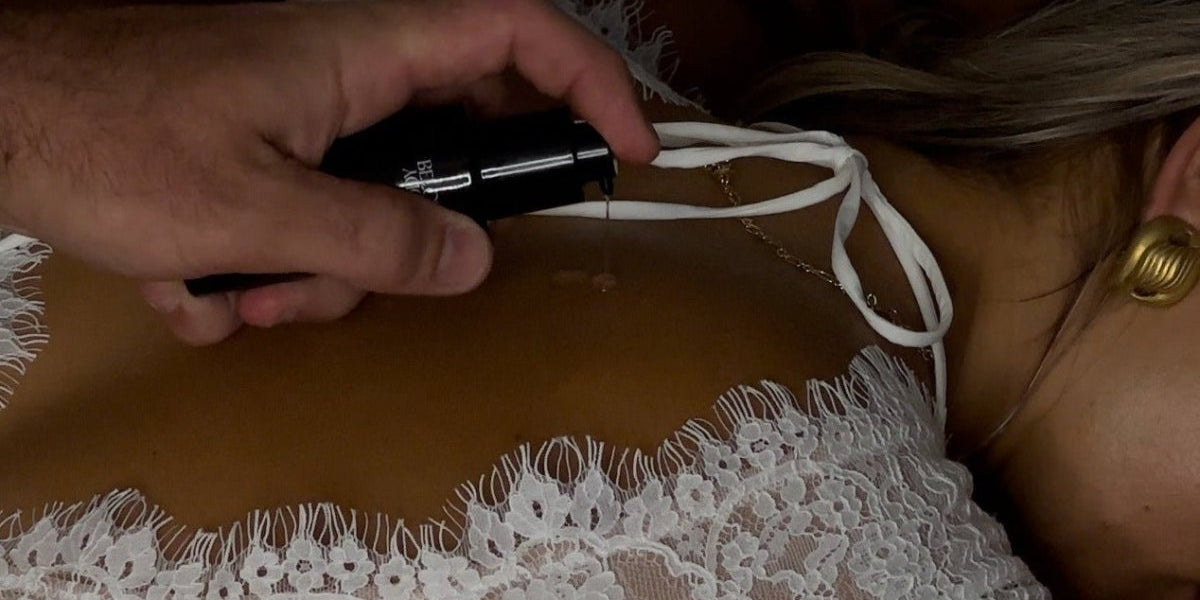Revolutionary pleasure: The fascinating history of women's vibrators

In the intricate tapestry of pleasure, women have navigated a journey marked by societal shifts, medical interventions, and the relentless pursuit of well-being. At the centre of this exploration lies the vibrator, a device that has transcended its historical context to become an integral part of modern, intimate experiences. For women seeking to deepen their connection with intimacy as a crucial facet of overall wellness, delving into the history of women's vibrators unveils a narrative rich in evolution and empowerment.
History of Women’s Vibrators
Early Development
The genesis of the electric vibrator can be traced back to the late 19th century when it emerged as a medical instrument for pain relief and the treatment of various ailments. Stripped of any sexual connotations, it found applications ranging from smoothing wrinkles on the skin to alleviating headaches and indigestion. In 1878, the Salpêtrière Hospital in Paris witnessed one of the first instances of vibrator use, with Romain Vigouroux credited as the inventor. Joseph Mortimer Granville, an English physician and inventor, also played a pivotal role in developing an early model, earning him the moniker "father of the modern electromechanical vibrator." His 1883 book detailed the intended use of vibrators for pain relief and the treatment of various disorders.
These early vibrators gained popularity in the medical profession, treating a spectrum of ailments in both women and men, including hysteria, arthritis, constipation, amenorrhea, inflammations, and tumors. Even wounded World War I soldiers experienced vibrotherapy as part of their treatment in English and French hospitals in Serbia.
1913 Advertisement
As the 20th century unfolded, vibrators transitioned from medical instruments to household items, marketed for their health and beauty benefits. An early example is the "Vibratile," which debuted in McClure's magazine in March 1899, offering a cure for "Neuralgia, Headache, Wrinkles." However, these advertisements disappeared in the 1920s, perhaps due to their association with pornography and a growing societal understanding of female sexual function.
Conjectured Early Use for Female Sexual Stimulation
Historian Rachel Maines, in her book The Technology of Orgasm, posits that the vibrator's late 19th-century development was driven by doctors seeking an easier way to perform genital massage on women, often resulting in "hysterical paroxysm" or orgasm. While classical antiquity recommended such treatments, Maines argues that physicians did not view them as sexual due to the absence of penetration. The valid use of medical vibrators and those marketed for home use in the early 20th century was not openly stated but proceeded under 'social camouflage.' Suggestive advertising, such as a 1908 advert for the Bebout hand-powered mechanical vibrator, hinted at their true purpose.
However, other historians challenge Maines's theory, disputing the historical prevalence of genital massage as a treatment for female hysteria. The idea that stimulation to orgasm was a standard treatment for female hysteria in ancient and medieval Europe has been questioned, and the use of early vibrators for this purpose may have been limited to an extremely restricted group.
The 1960s Onwards
The vibrator experienced a resurgence during the sexual revolution of the 1960s. On June 30, 1966, Jon H. Tavel applied for a patent for the "Cordless Electric Vibrator for Use on the Human Body." This cordless vibrator, patented on March 28, 1968, marked the beginning of various improvements, including multi-speed options and one-piece construction, making it more affordable to manufacture and easier to clean.
By 2013, rechargeable vibrators aimed to reduce the environmental impact of battery-operated counterparts. In a sign of changing times, sex toy packaging adopted softer and more sanitised imagery, making it accessible even at mainstream stores like Walgreens. The UK pharmacy Boots followed suit, selling sex toys online and in select stores since 2019.
As we traverse the historical landscape of women's vibrators, it becomes evident that this journey is not just about pleasure but empowerment and the evolving perceptions of women's intimate well-being. The vibrator, once a discreet medical device, has emerged from the shadows, becoming a symbol of liberation and self-discovery.
Embrace the revolutionary pleasure that comes with understanding this fascinating history. Elevate your intimate experiences with cutting-edge products at Below Body. "Intimacy, Elevated" awaits – a testament to the enduring evolution of women's pleasure.




